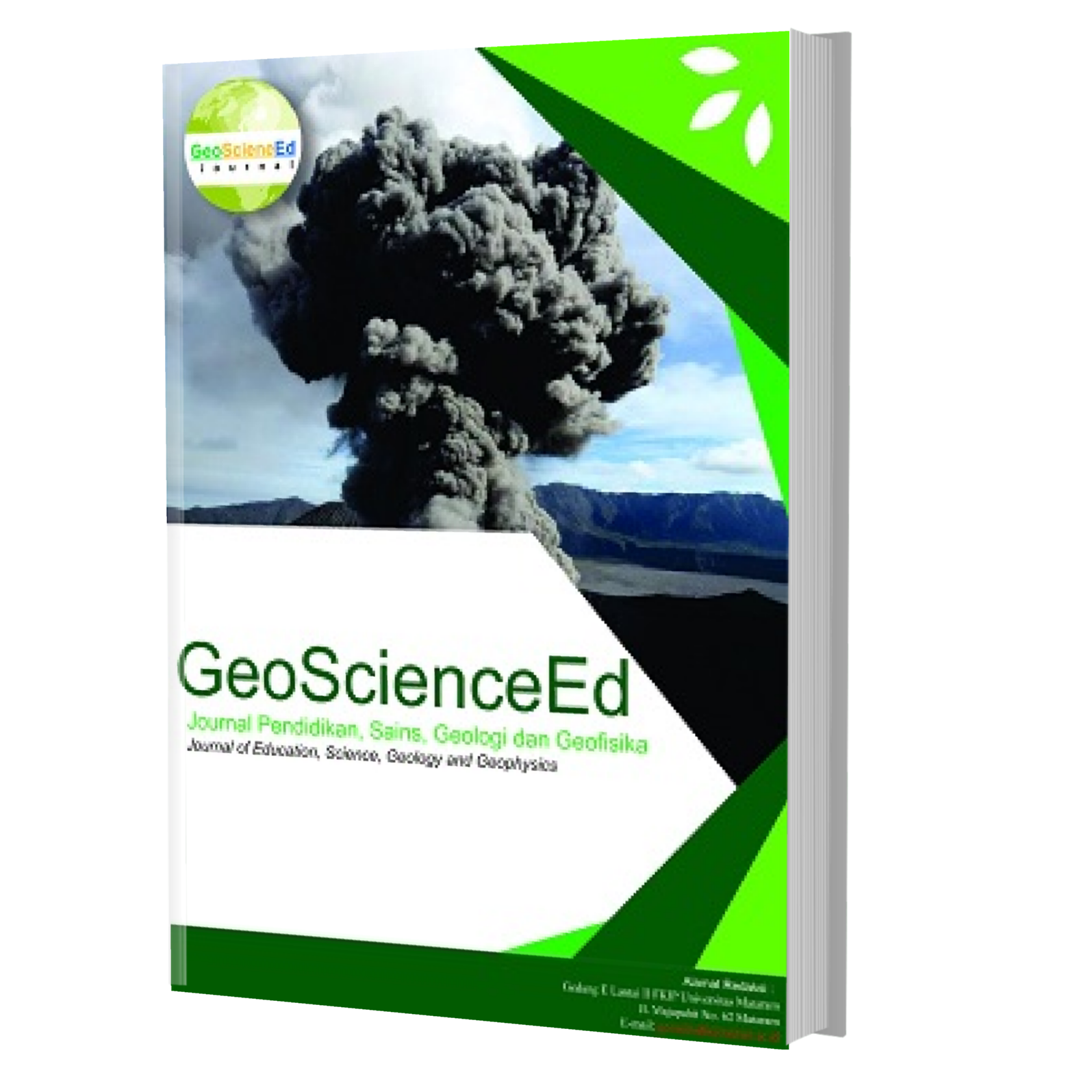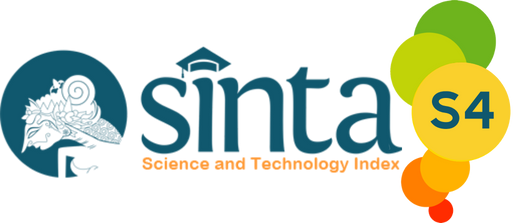Pengembangan Instrumen Tes Kemampuan Berpikir Kreatif Berbasis Pendekatan Konflik Kognitif
DOI:
https://doi.org/10.29303/goescienceedu.v1i2.55Keywords:
Creative thinking skills, development research, Cognitive conflict approachAbstract
The ability to think creatively is part of the affective domain that also determines the success of learning. The researcher intends to conduct developmental research to produce a viable creative thinking tool. So that it can be used as a tool to assess students' creative thinking ability. This research is a development research or Research and Development (R&D) with the 4D model, namely Define, Design, Develop and Disseminate. In this study, it was only performed up to the development phase, namely expert validation and practitioner validation. The tools developed were descriptive questions. The sample used were class X high school students. Based on the expert validator's rating, the demand for creative thinking averaged 3.25 in all aspects with a very good category and a content validation value of 0.71 in the valid category. Meanwhile, the practitioner validator rating achieved the feasibility of the mean value of all aspects of 3.71 with the very good category and the content validation of 0.89 with the valid category. Thus, it can be concluded that the creative thinking assessment tool is suitable to be used to measure students' creative thinking levelReferences
Aji, D.S. (2017). Pengembangan Modul Pembelajaran Fisika Berbasis Problem Based Learning untuk Meningkatkan Kemampuan Pemecahan Masalah Fisika.Science Education Journal, 1 (1), 36-51.
Armandita, P., Wijayanto, E., Rofiatus, L., & Susanti, A. (2017). Analisis Kemampuan Berpikir Kreatif Pembelajaran Fisika Di Kelas XI MIA 3 Sma Negeri 11 Kota Jambi. Jurnal Penelitian Ilmu Pendidikan, 10(2), 130-135.
Azwar, S. (2012). Reliabilitas dan Validitas. Yogyakarta: Pustaka Pelajar
Baser, M. (2006). Fostering conceptual change by cognitive conflict based instruction on students’ understanding of heat and temperature concepts. Eurasia Journal of Mathematics, Science and Technology Education, 2(2).
Gunawan. (2017). Keterampilan Berpikir dalam Pembelajaran Sains. Mataram: Agra Puji Press.
Hendryadi. (2017). Validitas Isi: Tahap Awal Pengembangan Kuesioner. Jurnal Riset Manajemen dan Bisnis (JRMB) Fakultas Ekonomi UNIAT 2(2).
Mardapi, D. (2012). Pengukuran Penilaian & Evaluasi Pendidikan. Yogyakarta: Nuha Medika.
Munandar, U. (2009). Pengembangan Kreativitas Anak Berbakat. Jakarta: PT. Rineka Cipta
Nisrina, N., Gunawan, G. & Harjono, A. (2017). Pembelajaran Kooperatif dengan Media Virtual untuk Peningkatan Penguasaan Konsep Fluida Statis Siswa. Jurnal Pendidikan Fisika dan Teknologi, 2(2), 66-72.
Sirait, J. (2012). Pendekatan Pembelajaran Konflik Kognitif Untuk Meningkatkan Penguasaan Konsep Siswa SMA Pada Topik Suhu dan Kalor. Jurnal PMIPA, 1(2).
Sugiyono. (2009). Metode Penelitian Pendidikan: Pendekatan Kuantitatif, Kualitatif, Dan R&D. Bandung: Alfabeta.
Zubaidah, S. (2016). Keterampilan Abad ke 21: Keterampilan yang Diajarkan melalui Pembelajaran. Ini Disampaikan pada Seminar Nasional Pendidikan dengan Tema “Isu-isu Strategis Pembelajaran MIPA Abad XXI, 21(1).










